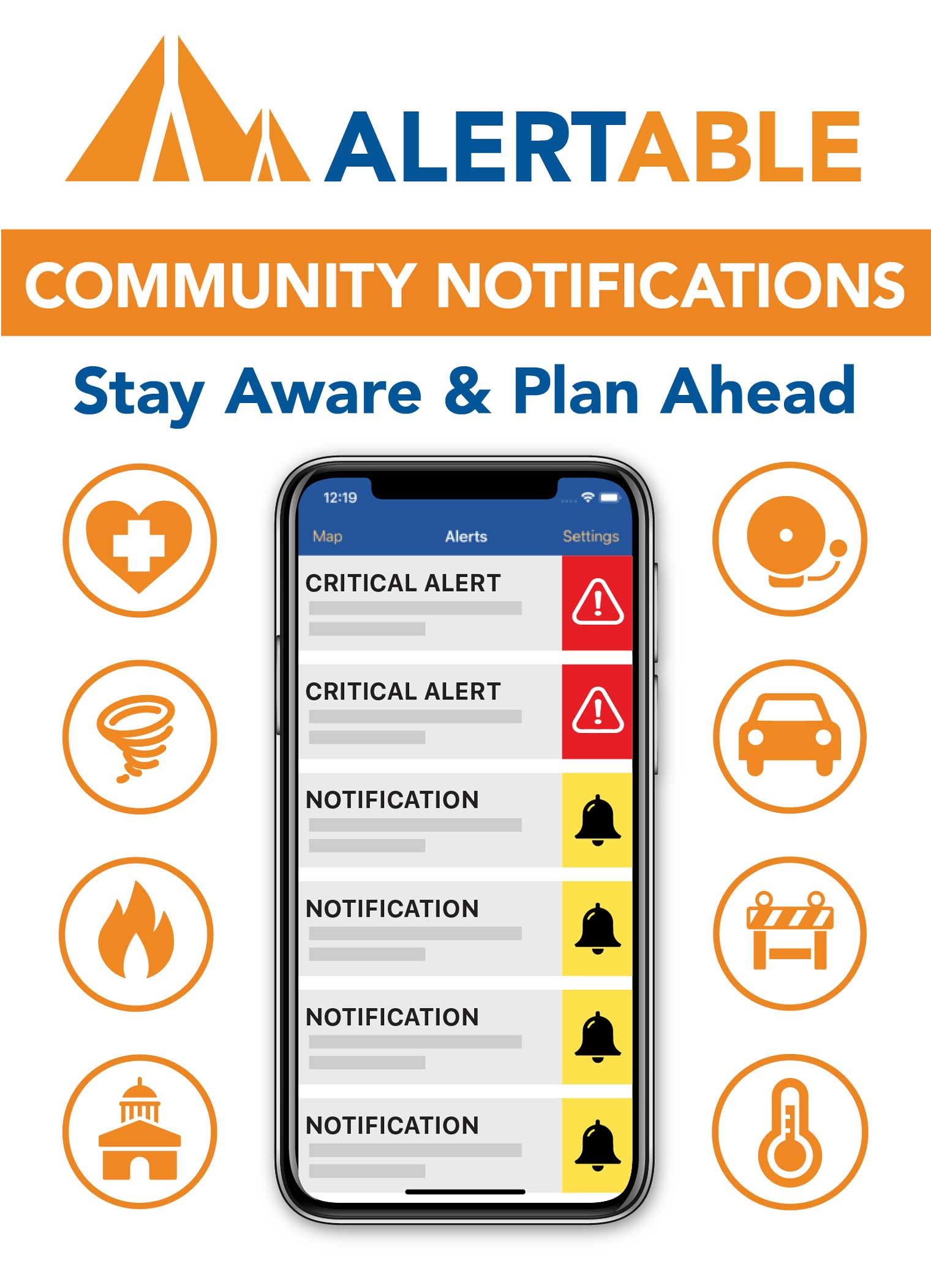Floods
Emergency Preparedness for FLOODS in Annapolis County
Emergency Management Preparedness for Floods in Annapolis CountyFloods are a significant natural hazard in Annapolis County, posing risks to both urban and rural areas. It is important to understand the various types of floods, the specific vulnerabilities of the region, and to prepared for such events. This page provides an overview of flood preparedness, focusing on the diverse flooding scenarios that can impact Annapolis County.
NOTE:
Flooding in Annapolis County can be unpredictable and devastating. Understanding the different types of floods and their specific impacts on the region is crucial for effective preparedness and response. By following the guidelines provided and staying informed, residents can mitigate the risks and enhance their resilience to flood events.
Types of Floods in Annapolis County
Types of Floods in Annapolis County
- River Floods
River floods occur when water levels in rivers rise due to heavy rainfall, snowmelt, or a combination of both. In Annapolis County, the Annapolis River is particularly prone to flooding during the spring when heavy rainfalls and melting snow increase water volumes.
- Coastal Floods
Coastal floods are caused by high tides, storm surges, and rising sea levels. The Annapolis Basin and Bay of Fundy communities are especially vulnerable. Low-lying areas in the Town of Annapolis Royal can experience significant flooding during high tide events coupled with storm surges.
- Flash Floods
Flash floods occur rapidly due to intense heavy rainfall over a short period of time. These can be particularly dangerous due to their sudden onset. In the past areas in Annapolis County, such as Middleton and Paradise have experienced flash flooding from heavy rains.
- Snowmelt Floods
During late winter and early spring, rising temperatures lead to snowmelt, which can increase water levels in rivers, streams and dams. When combined with heavy rainfall, this can increase flooding risks. For instance, Bear River experienced significant flooding in the winter of 2018 due to snowmelt and rainfall total.
- Storm Surge Floods
Storm surges, often associated with hurricanes or post-tropical storms, push seawater inland, causing coastal flooding. This type of flood is also influenced by high tides and rising sea levels. The breakwaters and wharves throughout Annapolis County have sustained damage from storm surges leading to coastal flooding.
What to do Before, During and After a Flood
Flood Preparedness Tips – Before, During and After a Flood
- Before a Flood
- Stayed informed: Monitor weather forecasts and local news for flood warning
- Create an Emergency Plan: Ensure all family members know the plan, including evacuation routes and meeting points
- Prepare an Emergency Kit: Include essentials such as water, non-perishable food, medications, flashlights, batteries, cash, and important documents
- Protect Your Property: Install sump pumps, elevate electrical appliances, and consider flood barriers for doors and windows
- Know You Risk: Understand the specific flood risks in your area, particularly if you live in a low-lying or coastal area
- During a Flood
- Follow Instructions: Adhere to evacuation orders and guidelines from local authorities
- Avoid Floodwaters: Do not walk, swim, or drive through floodwaters. They can be deeper and faster-moving than they appear
- Move to higher ground: If evacuation is not possible, move to the highest level of your home
- Stay Connected: Keep a battery-powered radio for updates and stay in contact with family and friends
- After a Flood
- Return Safely: Only return home when authorities declare it safe
- Document Damage: Take photos and notes for insurance claims
- Clean Up Safely: Wear protective clothing and be aware of potential hazards such as contaminated water and structural damage
- Seek Assistance: Contact local emergency services for help and support
Historical Flood Events in Annapolis County
Historical Flood Events in Annapolis CountyAnnapolis County has a history of significant flood events, often driven by a combination of factors such as heavy rainfall, snowmelt and storm surges. Notable instances include:
• Most recently, across all of Annapolis County (July 2024): Heavy rain from a Thunderstorm caused heavy flash floods, affecting and causing extenisve damage to roads, bridges, culverts, homes across all of Annapolis County.
• Bear River (Winter 2018): Flooding caused by snowmelt and rain
• Nictaux Dam (2010): Flooding impacting the dam and surrounding areas
• Annapolis River (2010): River Flooding affecting, roads, bridges, and homes in areas such as Paradise and other areas along the Annapolis River.
• Middleton, Paradise, Nictaux (2008): Heavy rains leading to flash floods.
Flood Resources
Flood Smart CanadaReduce the risk of basement flooding
Flooding and Insurance
Flood Insurance - Are you protected?
Free Online Flood Protection course
Food Safety During a Flood - Fact SheetFood Safety During a Flood - Fact Sheet
Food and Drinking Water Safety in an Emergency
What foods to keep, throw away after a power outage
Tips for Well Water Safety After a Flood
You can find information on how to make sure your well water is safe and how to read the results of a water test at https://novascotia.ca/well-water-testing/ or call your local Environment and Climate Change office at 1-877-9ENVIRO (1-877-936-8476)
Drinking Water During a Flood
Flood Clean-up and Mould Prevention
Flood Cleanup: Keep in mind indoor air quality
- After a flood
- After a Flood - Carbon Monoxide and Generator Use (PDF)
- After a Flood - Carbon Monoxide and Generator Use: French (PDF)
- After a Flood - Food Safety (PDF)
- After a Flood - Food Safety: French (PDF)
- After a Flood - Infant Feeding (PDF)
- After a Flood - Infant Feeding: French (PDF)
- After a Flood - Sewage (PDF)
- After a Flood - Sewage: French (PDF)
- Floods - Safety Tips (PDF)
- Power Outages - Safety Tips (PDF)




